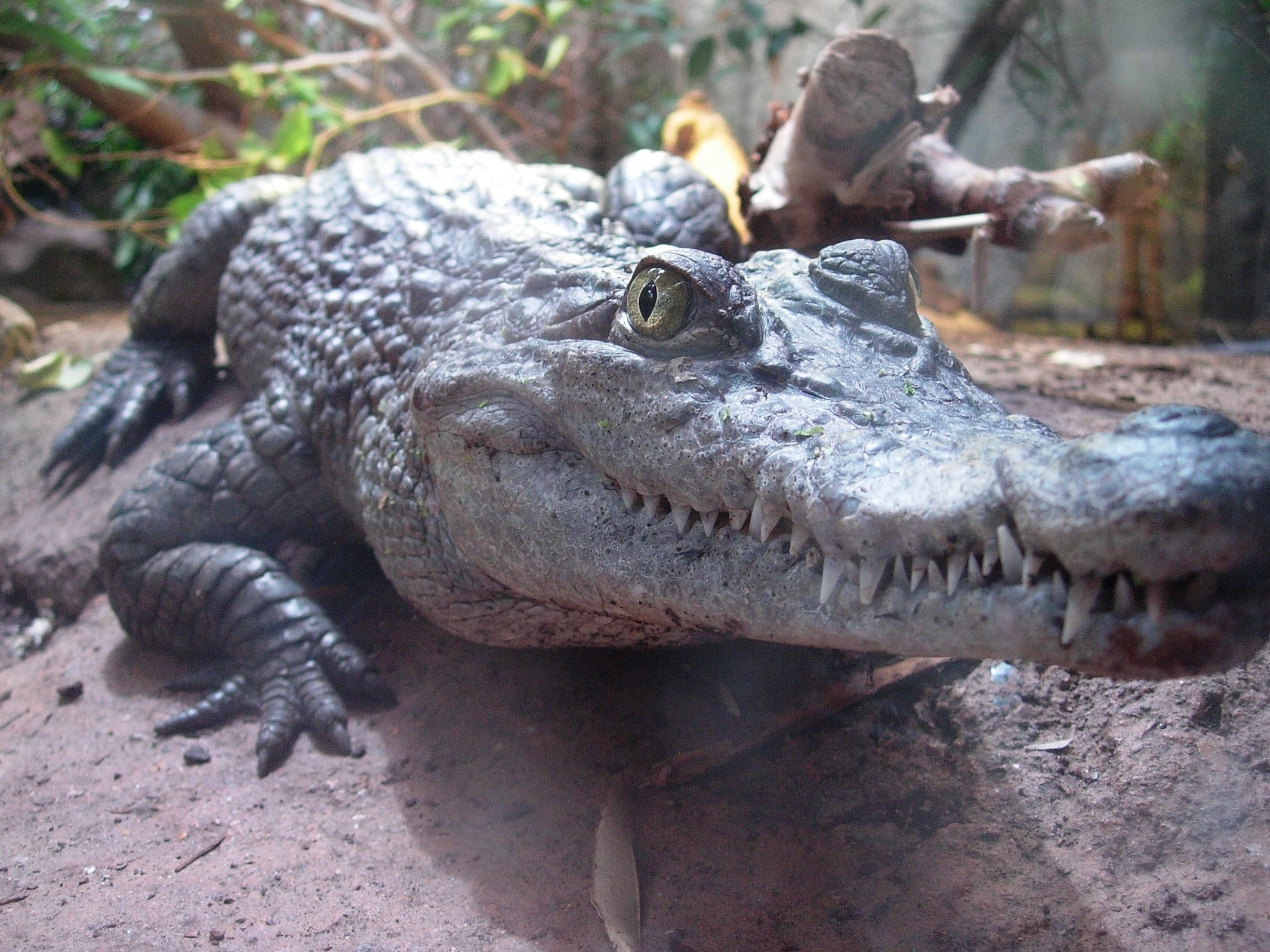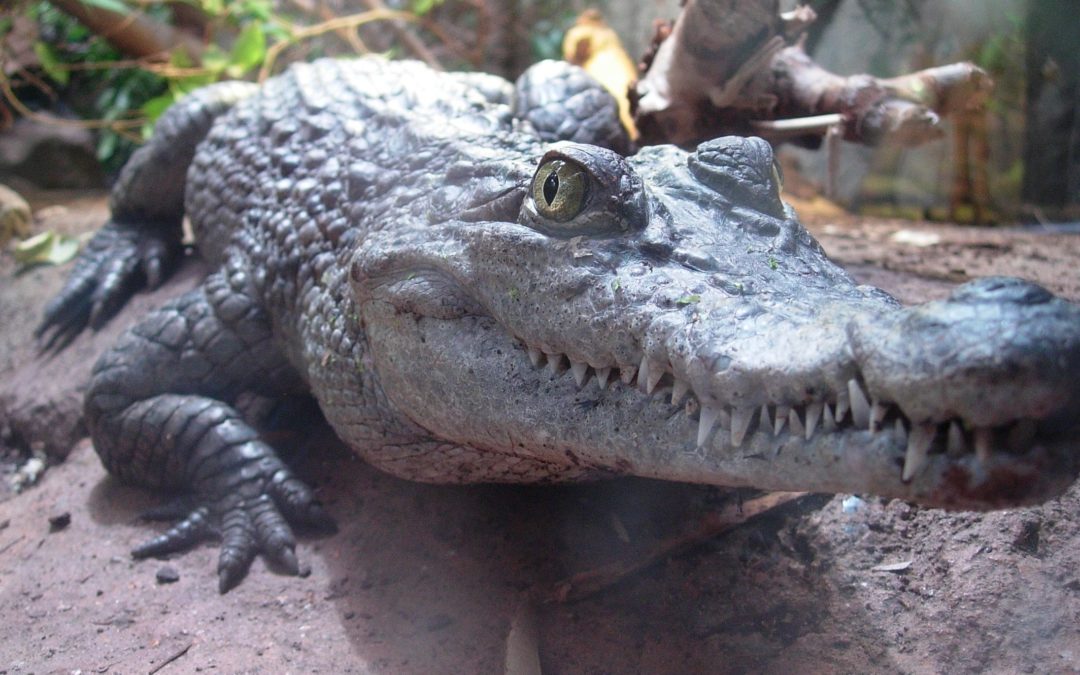
The zoo in your city may be thousands of miles from the savannahs of Africa — but its effect on wildlife conservation may be many times greater.
At least one conservationist says that researchers and staff at the world’s zoos and aquariums — not just scientists in the field — hold the key to assuring the future of wildlife conservation.
“[Zoos and aquariums] have this incredible responsibility and power to actually change the way many of us think of conservation and wildlife,” said M. Sanjayan, executive vice president and senior scientist at Conservation International (CI).
The massive public audience of these institutions gives them influence, Sanjayan said in a recent keynote at the annual conference of the Association of Zoos and Aquariums. “There are 183 million people [a year] who come through your institutions,” he said. “That’s an important responsibility that you have, and that gives you enormous power.”
Sharing highlights from his career as a researcher and journalist, Sanjayan spoke about a shift in the focus of conservation from wildlife to people.
Edited highlights of his speech:
On a shift in the idea of conservation
When I was in graduate school, we were starting to understand the idea of biodiversity. We realized that the world was dripping with life … and yet there was something missing from the picture. It’s humans. And it’s a somewhat glaring omission …
Look at the documentary “Planet Earth,” which was beautiful and amazing, [but] you’d watch it and realize there were no people in it. If you’re an alien, and you get that DVD box set for Christmas … and you’d put it in your player and you watched it and you thought, ‘That planet? I want to go visit there,’ and you got in your spaceship and you came down here, you’d be in for a great big surprise — because we’re all here!
… [Conservationists] wanted to study wildlife, we wanted to manage nature. But at the end of the day, what we really needed to do was manage people. Nature can take care of itself; it wasn’t managing wildlife that was so important, we had to manage people.
CI’s Nature Is Speaking campaign makes that point: Nature will get along fine without us, but people need nature… The poster child for climate change is no longer the polar bear — now it really is us. That’s a great shift in focus. In the last IPCC report [on climate change], for example, it really puts the spotlight on humans. [It says] that wildlife will find a way … but humans, we’re really in trouble.
Further reading
On the power of ‘animal selfies’
CI has a network of camera traps we use to monitor what’s happening in tropical forests around the world. Information is collected in real-time, and data is also analyzed in near real-time and made available publicly. So anyone can go to the website, query the data and look at trends.
We were looking at [the African golden cat] in one site in Uganda and noticed that their numbers had been going down along certain areas of the park. The immediate question raised by park managers was: Is it because of poaching? But they found prey animals were doing fine, and poaching was unlikely. An overlay of visitors who were coming to the park to observe gorillas revealed that the cats were selectively avoiding gorilla viewing areas. As a result, the park varied the way in which people access the gorillas to avoid overusing one particular part of the trail system. That dialogue happened very quickly because the data was available and people were able to use it in an open-source way.
On zoo wildlife breeding programs
It’s extremely challenging to breed pandas, but the Chinese seem to have cracked the code — as well as some notable successes at the National Zoo in D.C. and the San Diego Zoo amongst others. Their breeding facilities look different from the breeding facilities here — and they smell different as well. You can really see the effort they’ve put into getting to know the pandas and understand their behavior. And as a result, they’ve managed to start putting pandas back in the wild.
Think about how audacious that is: Here they are trying to breed an endangered animal that’s very difficult to breed and then release them in a country that has over a billion people where the habitat is extraordinarily fragmented, where even in the wild their survival rate is probably pretty low. Yet that’s exactly what they’ve accomplished. It’s an extraordinary story that needs to be celebrated.
So, it’s another example of how zoos and aquariums have played an important role in both bringing the message [of conservation] to the general public and also getting us to the point where we’re able to reintroduce animals as exotic and challenging as the giant panda into the wild. If that doesn’t leave you with an enormous sense of hope, I don’t know what will.
On the importance of zoos to conservation
A lot of us in the field think that we’re on the front lines of conservation; but we are wrong. It’s the zoos and aquariums who are on the front lines, because they’re the ones having face-to-face interactions with people every day — people who can change the direction of our planet.
Remember, virtually every kid gets some exposure to a zoo or aquarium and when they visit the experience can be magical, transformative even. Kids leave not wanting to be the animal but wanting to be the zookeeper. That was my dream as a child, wanting to have that front line experience with something so fantastic. So use that moment to inspire a lifetime of passion for nature, for wild creatures and the places that need to be protected.
Dealing with conservation is about dealing with people, not about dealing with animals. You’re the ones who get to meet the people who make the decision, to directly influence the kids to grow up to make the choices that they make. There are 183 million people [a year] who come through your institutions. … That’s an important responsibility that you have, and that gives you enormous power. If each person gives just one dollar to conservation, that is more money going to international conservation than most of the biggest conservation organizations on the planet.
Focus also on living up to your mission. Virtually every accredited zoo and aquarium has a mission steeped in conservation but understandably the operational side of running a zoo, the cost of care, food, staff, visitor experience tends to suck attention. The best institutions — say Monterey Bay Aquarium — put their mission first and foremost. If you put your mission first you will also deal with the operations but if you only focus on the operations, you will never get around to the mission. And right now, with conservation and the planet in peril, mission and the ability to reach millions of adults and children in a personal way matters most.
M. Sanjayan is an executive vice president and senior scientist at CI. Follow him on Twitter.
Want to read more stories like this? Sign up for email updates. Donate to Conservation International.
If you’d like to read the original source of this article please click here Visit Source

